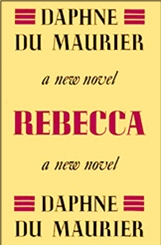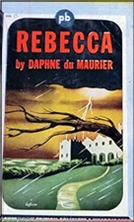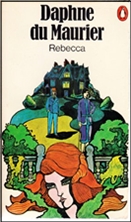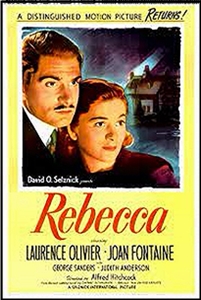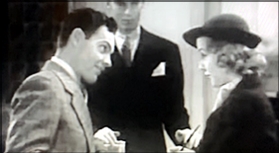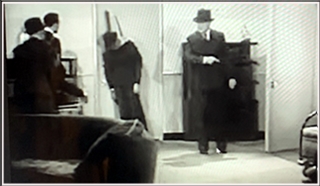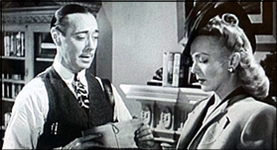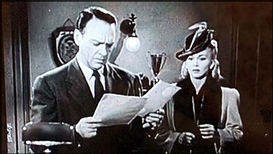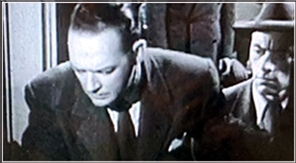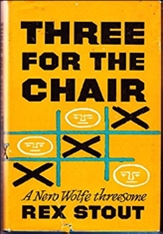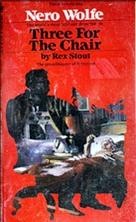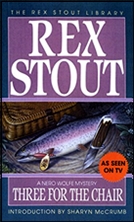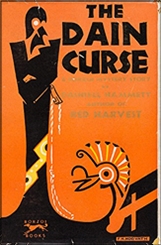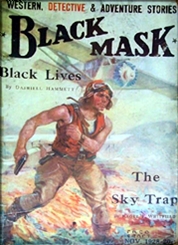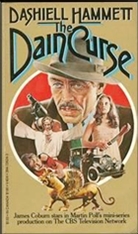Thu 28 Dec 2023
Reviewed by Tony Baer: JOHN EDWARD BRUCE – The Black Sleuth.
Posted by Steve under Reviews[4] Comments
JOHN EDWARD BRUCE – The Black Sleuth. Northeastern University Press, hardcover, 2002. Edited by John Cullen Gruesser. First serialized in McGirt’s Magazine, circa 1907 to 1909.
Sadipe Okukenu is a black sleuth, working for the International Detective Agency at the first turn of the 20th Century, chasing down jewel thieves.
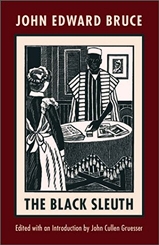
The majority of the book though is I guess what edumacated people call a bildungsroman. That is to say, we start off in West Africa, with Sadipe as a young man. He is from a family of scholars and excels in mathematics and languages.
To further his education he decides to sail to Maine to learn what he can of America. He gains even more facility in math and languages, and the town decides to pay his way to a Tuskegee lookalike to study with a Booker T. Washington ringer.
On the train down South, once they pass the Mason-Dixon line, Sadipe starts to be treated as sub-human, despite his purchase of a 1st class ticket. He’s not allowed in the dining car. And the conductor tries to force him back into the stinking back car reserved for animals and Blacks (though ‘Blacks’ is not the word used by the conductor — as Sadipe is fond of pointing out, the N-word has two g’s in it because the imbecilic whites who use the term think that ‘negro’ has two ‘g’s.).
A retired general happens to be in the car, and decides to lend Sadipe a hand. And a revolver.
Sadipe tells the conductor that he purchased a 1st class ticket, and that if he wants to force him back to the Black car, he’ll have to kill him first and move his corpse back there. At this, the black porters turn on the conductor, and the northerners traveling south start cheering. The conductor gives up and lets Sadipe be.
The retired general is suitably impressed by how Sadipe handles himself — and says if he ever gets sick of Tuskeegee, to let him know: He’s got friends in interesting places.
Arriving at Tuskegee, greeted by the Booker T. clone, Sadipe is shocked by the racial epithets hurled their way by the rednecks as they make their way to campus. Booker T. says it’s always best to ignore those folks. Sadipe says he’s not so sure he can do that. It’s the first sign that this matriculation is in trouble.
At the Saturday service at the church, a white Methodist pastor who served an African missionary, gives a sermon about the heathens and savages of Africa and how lucky the world is to have white Christians to save their putrid souls.
Sadipe has heard enough:
Sadipe’s address is published in the white paper in an emergency edition, insinuating that a lynching must quell the uppity in the town’s midst. Sadipe is able to escape with his life to Washington D.C., where the general from the train arranges for a job with the International Detective Agency.
Sadipe, with his intelligence, his multilingualism, and his black skin is a perfect fit for the Agency. White criminals are just as racist as anyone else. And their casual racism blinds them to the fact that the Black servant in their midst might comprehend their blueprints, their use of French and German. Playing up to Jim Crow might just be a perfect disguise for a savvy detective. And Sadipe’s out to prove it.
And prove it he does, enwebbing and ensnaring four near-smart international jewel grifters in the act. Probably…..
Yet this is where it ends. Weird. Because the book isn’t advertised as ‘unfinished’. But it appears that that is just what it is: Unfinished. The story was published serially in a small circulation newspaper between 1907-1909. Was there more? Not that anyone has been able to find.
I sought out this book after reading Kevin Burton Smith’s Thrilling Detective entry on Three Gun Terry:
“Probably…
“Because, of course, with any such statement, there are bound to be differences of opinion. A case could certainly be made for Octavius Roy Cohen’s private eye Jim Hanvey, the slick hick gumshoe who was already detecting in The Saturday Evening Post at least a year earlier, although Cohen’s style tended to run more to con men and their rich victims. Or John E. Bruce’s Sadipe Okukenu, a black detective working for a large agency, who first appeared fifteen years earlier than that, in 1907.”
However, Sadipe is no hard boiled detective. He’s too intelligent and speaks English in far too literate a fashion to fit in much with Sam Spade, Mike Hammer and their ilk. Perhaps he fits in better with Marlowe and Spenser. But still, his prey are international gentlemen (and a gentlewoman) thieves, and he has little time or inclination to hang with the salty underbelly of the criminal world and to engage in their hardboiled vernacular.
The book was fairly enjoyable. But I would have been both less likely to have read it and less disappointed to have done so had there been a fair warning that the story was incomplete. As it is, it’s a good reminder that Jim Crow existed long before Rosa Parks. The groundwork for a pretty good international detective is laid here. But laid here merely to rest for over a century — with nary a crime to solve.
So yeah. Disappointed? Yeah — a bit. But still I’m glad to have read it. And if I had read ahead of time that the thing was only of historical interest I would not have read it. Because I don’t read for history. I read for fun.
